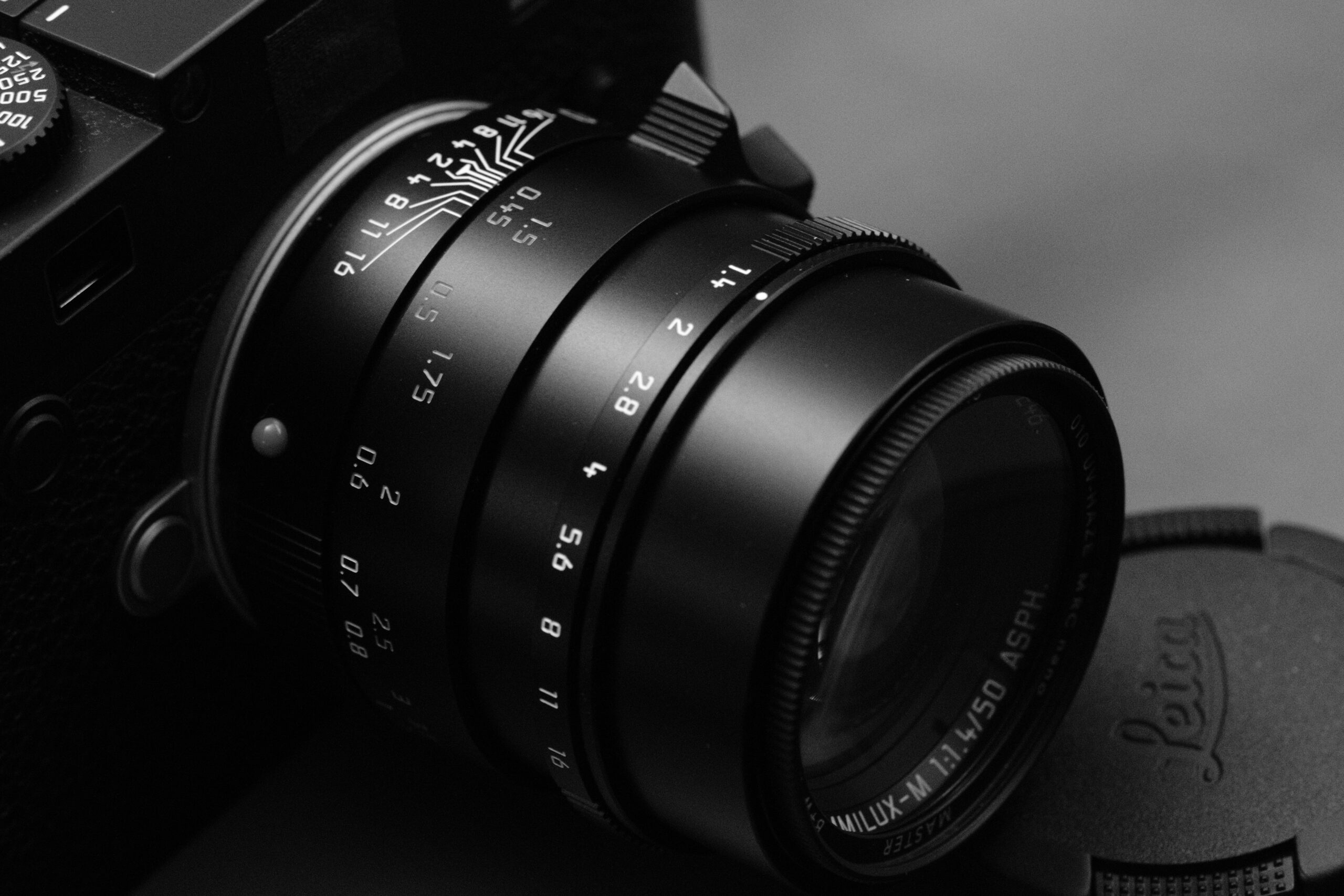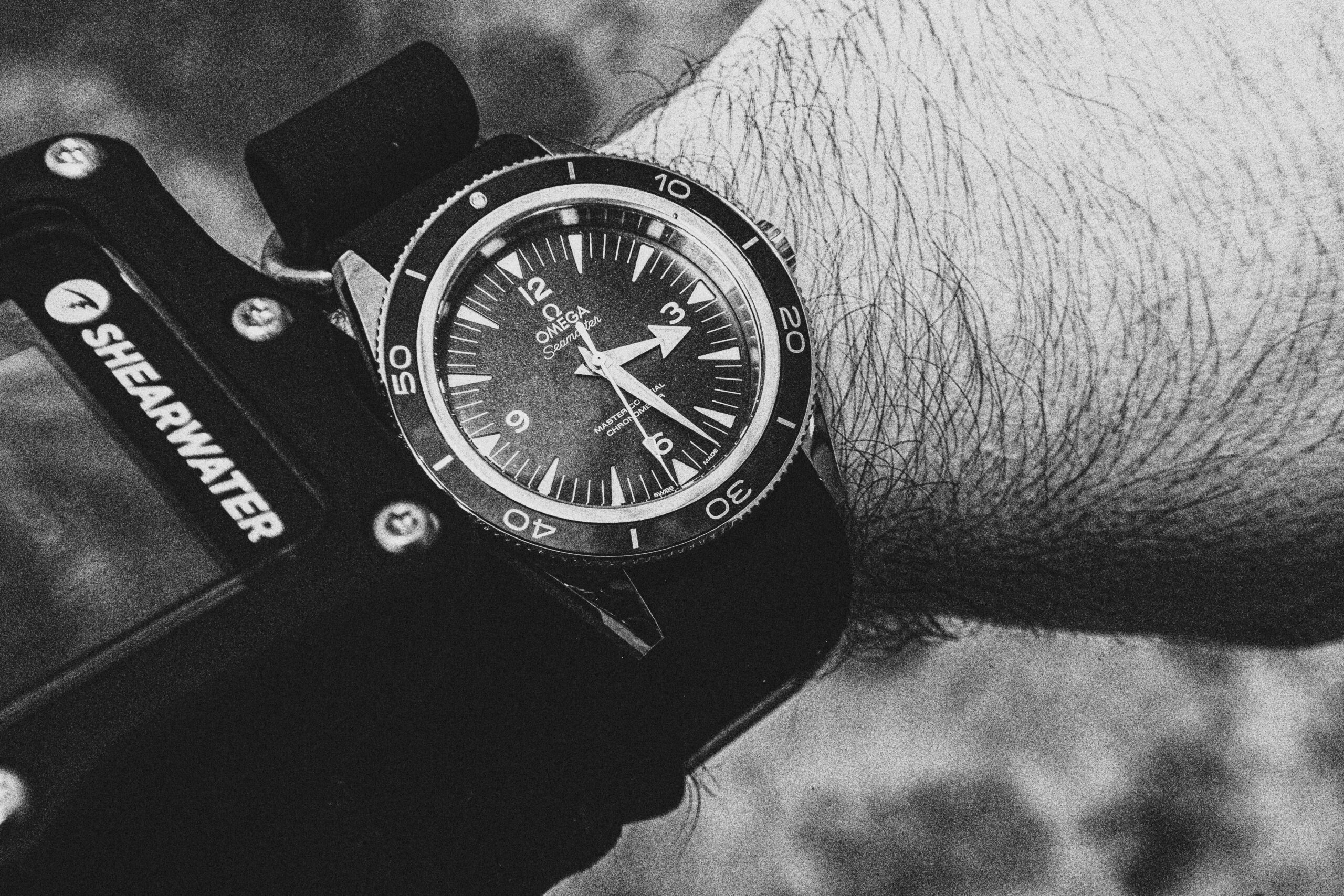1335 words
A few months ago, I decided to change how I use Instagram. First, the use of captions was impacted because the majority of the population does not have the long-form reading skills necessary to digest dense information in the allotted space in the post – you can read about this and more about literacy in an article I wrote here. Second, through using my experience with interacting with many strangers on the platform, I decided to fortify the captions in a manner that would best suit those individuals and their concerns. These had to do specifically with the camera gear used to make the photograph or the subject in the photograph. Doing so has increased the efficiency in such lines of communication when these individuals reach out to me, and it has helped dispel a lot of misinformation on various topics.
Regarding camera gear, there are many reasons to state what gear what used and how. First, many people live in regions where the only option to procure these tools is online. They either live in a country which has no brand representation in brick-and-mortar stores, or they live in rural regions where no such stores exist. This creates an issue for them, for they can only refer to forums on the internet and product reviews, which are either made quickly to meet an embargo or are heavily influenced by a buyer’s bias.
There are two specific examples surrounding lenses from Fuji for their X-Mount system. These lenses were the 23mm F2.0 and the 18mm F2.0. Both lenses suffered greatly from manufacturer variances, resulting in very poor-performing lenses. The former suffered this on a much greater scale, and informing those who reached out to me not to buy these lenses sight unseen proved very helpful for them. The issue with the first lens is that most of the lenses produced were very soft (too soft for a modern premium lens) when shot wide open – to the point where the images were unusable. The issue with the latter centred around complaints of it being an older and clunkier design. In reality, the 18mm F2.0 lens is a strong performer in every manner. For both lenses, I provided those who asked with photographic samples taken with the lenses that I own, those of friends who owned the same lenses, and, in some rare instances, samples from demo units in local stores.
A second point about camera gear focuses on Leica cameras and lenses. Due to both the camera bodies and lenses being viewed as either appreciating assets or highly valued products which retain their value better than almost anything else on the market, this presents a problem for potential consumers.

First, this results in all the products that Leica ships staying in their boxes, for their buyers demand that products remain in their packages and that the packages remain undamaged. This is made harder for all Leica products come in a thin grey cardboard box which protects the main packaging inside. On secondary markets, including these boxes in mint condition has resulted in the ability to raise the price of the item that is being sold.
Second, Leica is a relatively small company which cannot make demonstration models for authorized dealers outside of their boutiques. So, the consumer sometimes has to buy a lens without truly knowing how it performs. When buying the Leica Macro Adapter M (which nearly costs a thousand dollars), I had to take a thousand-dollar gamble on whether any of my lenses would work well enough for product photography. I had to buy the adaptor in the store and then try it with my various Leica lenses. Thankfully, it worked incredibly well with my vintage Leica 50 Summilux Version Two, as it did with my modern Leica 90 Macro Elmar and modern Leica 50 Summilux ASPH ii – both of which were purchased a few weeks later. There was no information online about how this adaptor worked with any other lens than the two most recent versions of the 90 Macro Elmar.
Third, vintage Leica lenses are still being used by many photographers today. There is an incredibly small amount of information available about how these lenses perform with modern digital sensors or even with macro adaptor rings.
This is a very daunting thing for those on a tight budget, and they do not have many places to turn to when it comes to first-hand experience on such matters. Clearly stating the gear in the captions, along with the corresponding hashtags, has resulted in a handful of people thanking me for doing so.
When it comes to film photography, stating which film stock was used, its ISO, and whether it was pushed or pulled has also proven useful for some of my followers. Also, clearly stating the lens and not the camera body is essential for the lens, and the film stock is ultimately what results in the final image. So, if you see someone stating which film camera body they used for the image and not the lens, they are just sharing with you their excitement about their gear or are trying to capitalize on a trend for more reach.
The same has occurred over the years when it comes to watches and other sets of tools such as knives or first aid gear. A couple of years ago, I helped an individual choose between two models of Benchmade’s first aid-focused multitool, the Triage. The tool came with either a Wharncliffe blade or one with a blunted squared-off edge. I personally ended up giving my Wharncliffe-bladed model to a friend who was working as a paramedic at the time and keeping the blunt-edged model. After our conversation, for the individual who reached out to me, however, the Wharncliffe model was the right tool for him. It should be noted that Benchmade has since released a Triage model that has both blades incorporated into the same tool.
Lastly, I have debunked general misinformation about the products in my posts. Most of this misinformation comes from internet forums and those who do not have first-hand experience with the products. One example had to do with the false notion that Fuji’s APS-C sensors produced unusable images at ISO above 3200. Another was that all Leica cameras are rebadged Panasonic models or that because of their price, they are the very best cameras in all instances – they are not. Of course, there is the myth that dive watches are not used by dive professionals, which I have debunked a few hundred times over the last few years.

We are free to use tools such as social media in the way that best serves us – besides, it just using us and our data, which is sold to third parties. I learned a couple of years ago, that the return of investment for writers is very poor when it comes to paying for promoted posts. Thus, I focused my use of Instagram simply to educate others, and to direct my audience to my articles. This is the main social aspect that I personally found gratifying. I encourage those of you who are using the platform to rethink your approach and to use it in the manner which gives you the most value, and positive interactions with others. When I have a busy schedule, for instance, and do not have the time to interact with people on the platform, I disable the comments and mention the reason why in the caption. Lastly, never have expectations and feel frustrated unless you are paying for promoted posts. It takes a lot of effort, time, and money to grow your reach on these platforms, so if you are like me and do not have the time and do not want to part with the money, use it to potentially help others and to drive the kinds of social interactions that provide the best experience for you. This increased my personal level of gratification with the platform, and it may do the same for you.
Time of writing: February 15th 2024
